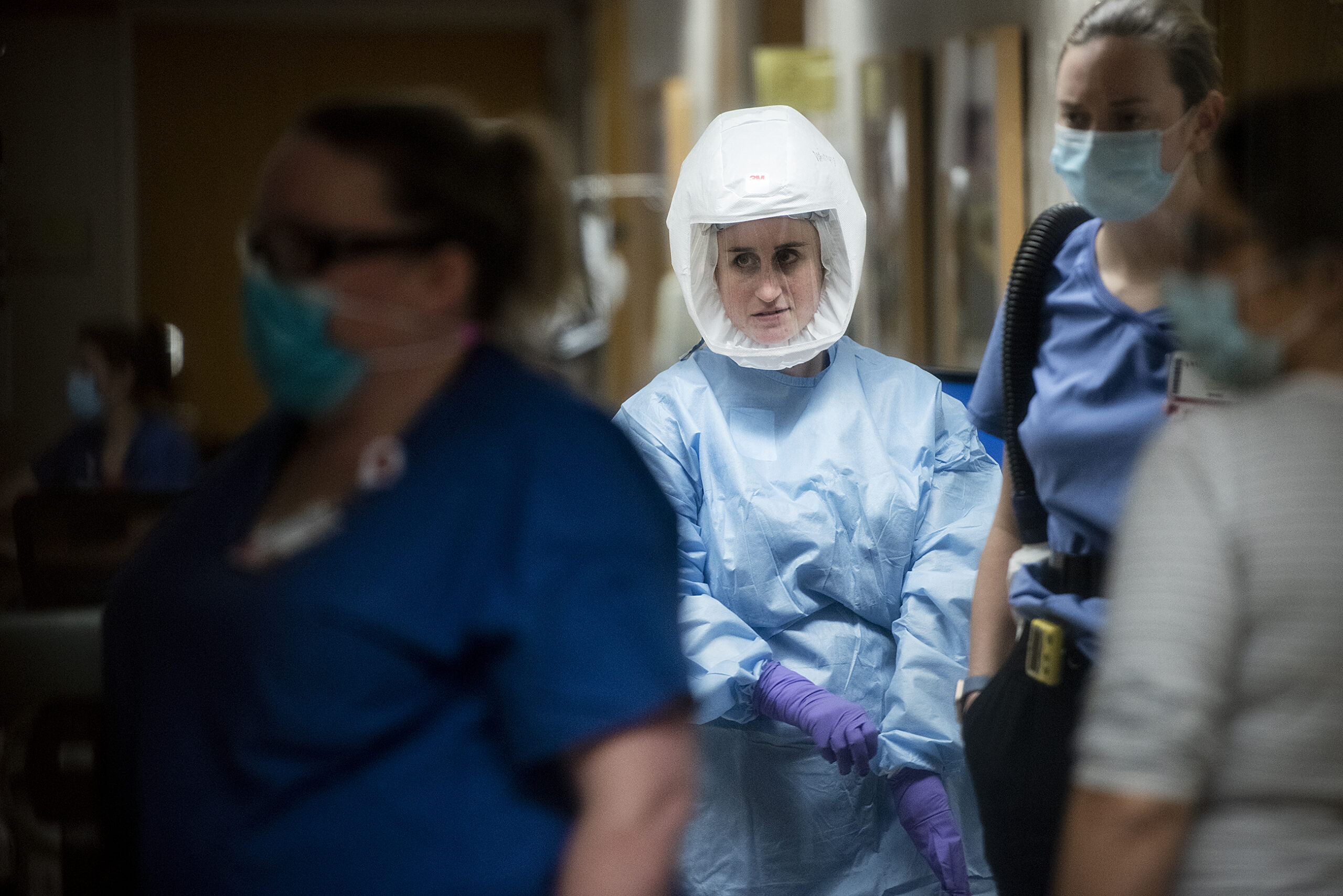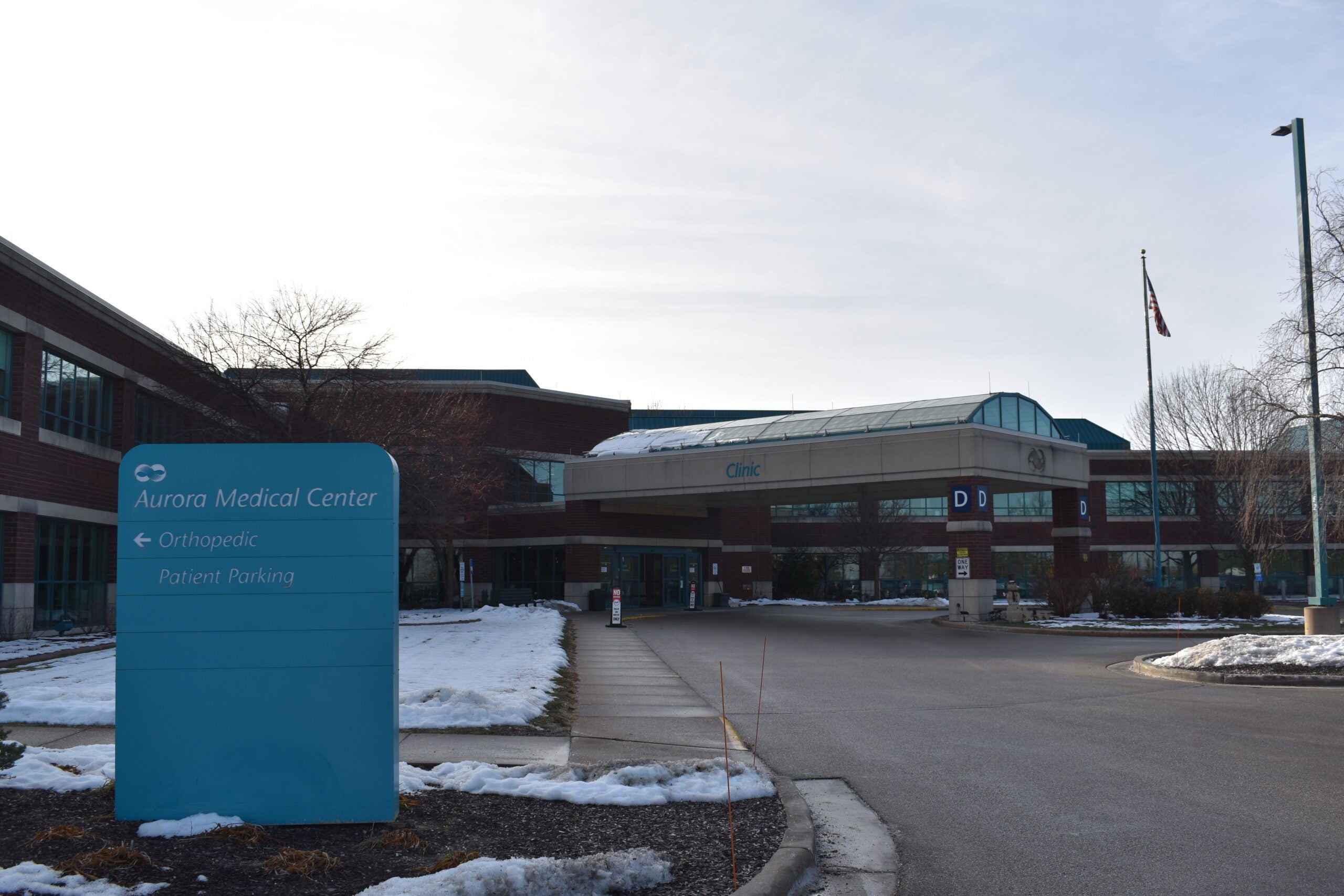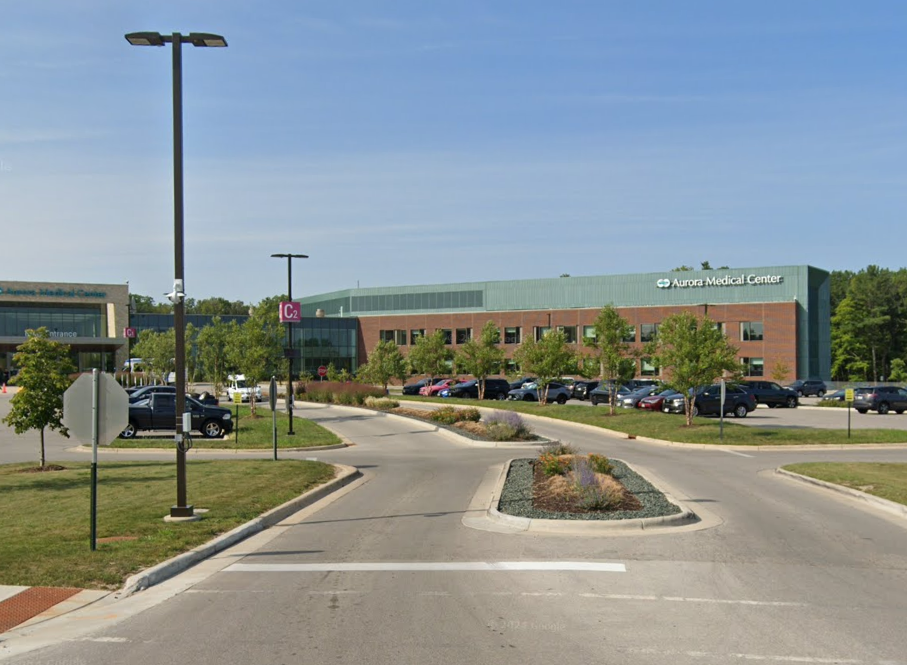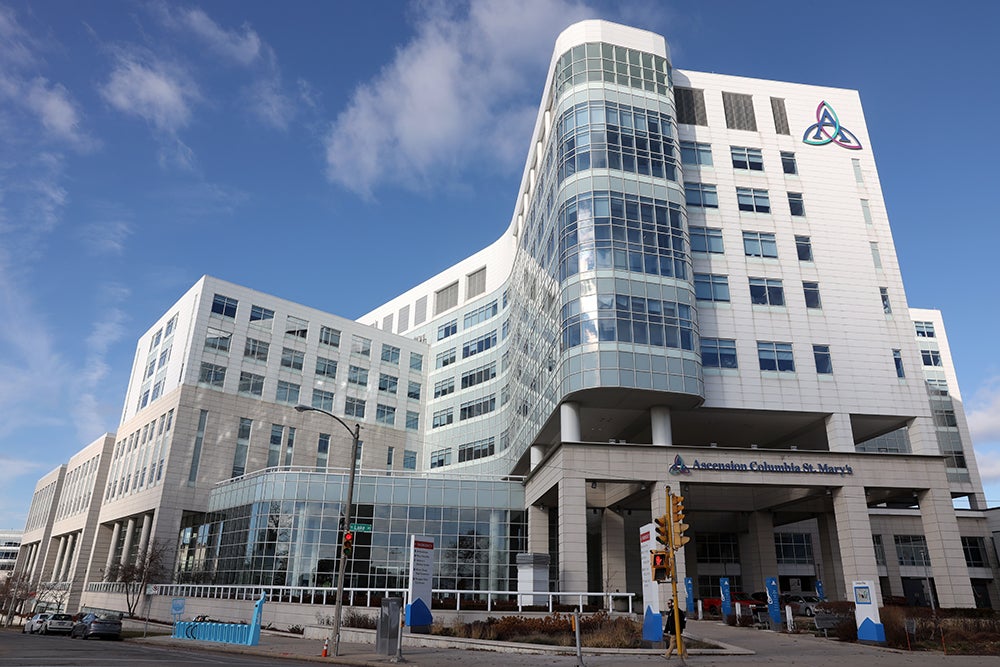Hospitals in multiple regions across Wisconsin are running low on intensive care unit beds due, in part, to an influx of COVID-19 patients. Just 5 percent of ICU beds are available statewide, according to the Wisconsin Department of Health Services.
During a press briefing, Wednesday, DHS Secretary Karen Timberlake said the state’s hospital systems are “feeling the strain” of a surge of new coronavirus infections and hospitalizations.
“Across our state today, only about 5 percent of beds in our intensive care units are available and 5 percent of medical surgical beds are available,” Timberlake said.
News with a little more humanity
WPR’s “Wisconsin Today” newsletter keeps you connected to the state you love without feeling overwhelmed. No paywall. No agenda. No corporate filter.
She said the surge in cases and increased pressure on health systems is due to the highly contagious delta variant of the coronavirus.
There were 2,857 new cases of COVID-19 reported Wednesday, according to DHS. The number has been steadily climbing since July. Numbers began to consistently drop starting in March, and on several occasions the number of positive cases reached levels not seen since the beginning of the pandemic.
According to data from the Wisconsin Hospital Association, there are just 19 available ICU beds across the northern half of the state.
Hospitals are seeing a precipitous increase in COVID-19 hospitalizations that is “similar to what we experienced last year, but a little earlier,” said Wisconsin Hospital Association CEO Eric Borgerding.
“The ICUs are really stressed right now, I think all of all hospital capacity is, but ICUs in particular,” Borgerding said.
While there are many similarities to the surge in coronavirus infections and hospitalizations that began last fall, he said, there are notable differences in the patients hospitals are treating.
“They’re sicker, and they tend to be in the hospital longer, in the ICU longer,” said Borgerding. “They’re surviving at a greater rate, but they are taking longer to be able to leave the hospital.”
Borgerding also said patients being treated now for COVID-19 complications are “quite a bit younger than back in the fall of 2020.”
The majority of COVID-19 patients are unvaccinated, said Borgerding.
Hospitals are facing the latest surge with a somewhat smaller workforce than last fall, said Borgerding. That’s due, in part, to retirements after hospitalizations began to drop this spring, he said.
“And then all of a sudden delta shows up and here we go again,” Borgerding said. “And I think that it continues to be very, very strenuous and stressful on our frontline health care workforce.
Borgerding notes that an increase in COVID-19 patients isn’t the sole reason for shortages of ICU beds around Wisconsin. The WHA COVID-19 dashboard shows that while there was only 1 out of 72 ICU beds available in all of northwestern Wisconsin, there were only 14 COVID-19 patients in ICU units in the region.
In a written statement, Richard Helmers, Mayo Clinic Health System’s northwest regional vice president, says “high demand for hospital services is a daily occurrence at all Northwest Wisconsin Mayo Clinic Health System hospital sites.”
“Our hospitals would be busy with or without COVID-19,” said Helmers. “We are seeing an increase in hospitalized patients with COVID-19 and a significant rise in the number of tests conducted and the positivity rate. Our seven-day rolling average positivity rate is currently above 16 percent, compared to less than 5 percent in early July. We expect this to continue in the coming weeks.”
Helmers said with high demand for services that include more COVID-19 patients, “there are time periods during which some of our hospitals in Northwest Wisconsin are on ‘diversion status’, meaning patients who need to be admitted are transferred to another hospital.”
Jessica Nuutinen is the chief operating officer for Memorial Medical Center in the northern Wisconsin city of Ashland. She said her staff have seen more patients in general, including an increase in those needing medical attention due to COVID-19.
Nuutinen said Memorial Medical Center has faced challenges finding beds at other hospitals in the region when patients need higher levels of care. She said the hospital has been using social workers to ensure patients, particularly those living in nursing homes or long-term care facilities, have a place to go when they’re able to be discharged.
“If the patient doesn’t need to be here, how can we help that patient get home or to their nursing home?” said Nuutinen.
She said discharging recovering patients in a timely manner means more available beds for new patients.
Borgerding said hospitals around the state have had significant challenges discharging older patients back to nursing homes or long-term care facilities. He said that’s a problem that has persisted since last fall.
Wisconsin Public Radio, © Copyright 2026, Board of Regents of the University of Wisconsin System and Wisconsin Educational Communications Board.







